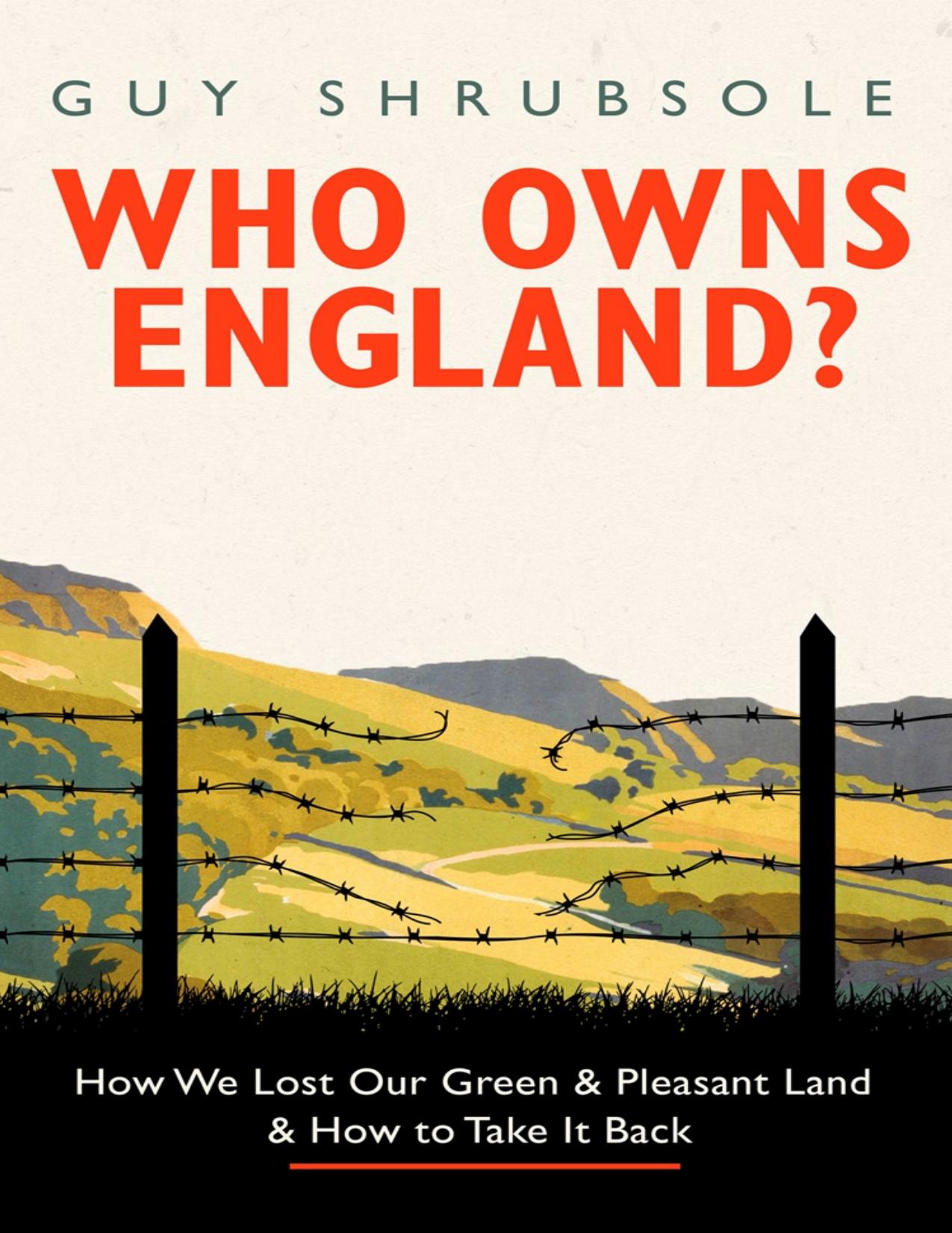Who Owns England? by Guy Shrubsole

Author:Guy Shrubsole [Guy Shrubsole]
Language: eng
Format: epub, pdf
Publisher: HarperCollins Publishers
Published: 2019-04-03T16:00:00+00:00
8
A PROPERTY-OWNING DEMOCRACY?
A packed conference hall in Blackpool, 17 October 1981. A woman ascends the stage, the squared shoulders of her midnight-blue jacket a dark silhouette in the hot glare of a dozen spotlights. Her carefully coiffured hair seems to recall a flaming torch. As she takes to the lectern, there is rapturous applause.
The figure, of course, is Margaret Thatcher. ‘Our concern is to create a property-owning democracy,’ she tells the assembled throng of Conservative Party politicians and activists, speaking in her trademark clipped RP. ‘It is now our turn to take a major step towards extending home ownership to many who, until now, have been deliberately excluded.’
Margaret Thatcher might seem a strange choice to introduce a chapter whose focus is land reform and redistribution. But in championing a ‘property-owning democracy’, not only rhetorically but through practical policy, she oversaw a transformation in the ownership of housing during the last quarter of the twentieth century. The year before her conference speech, Thatcher’s government had introduced Right to Buy, giving council house tenants the chance to purchase their home from the local authority. Introducing the legislation to Parliament, Environment Secretary Michael Heseltine claimed that ‘no single piece of legislation has enabled the transfer of so much capital wealth from the State to the people.’ Over the ensuing decade, a million council homes were sold to their tenants.
Thatcher’s administrations also enabled millions more to buy private housing by relaxing restraints on bank loans and mortgages, and allowing a supply of cheap and easy credit to flow into property markets. At the start of the 1980s, 55 per cent of the British public owned their own homes. By 2003, 71 per cent did.
The idea of a property-owning democracy had deep roots that pre-dated Thatcher. As a phrase, it was first coined in 1924 by Conservative MP Noel Skelton, in anticipation of the first Labour government taking power and with the spectre of Soviet Russia looming in the background. Skelton argued that capitalism’s only bulwark against the rising tide of socialism was to extend individual ownership, and give everyone a stake in the country. During the 1950s and 60s, successive Conservative governments tried to turn this into a reality by overseeing the construction of millions of new homes, by both councils and private developers.
But Thatcher’s version of a property-owning democracy was built on shaky foundations. Instead of more council homes being built to replace the ones that were sold off, public sector house building slowed to a crawl in the 1980s and had virtually stopped altogether by the mid-1990s. Right to Buy was a fire sale of public assets – with council homes sold at heavily discounted prices – that delivered a one-off windfall for state coffers without adding to the national housing stock. Councils were simultaneously being stripped of their ability to borrow and to raise local taxes, rendering them incapable of acting as major developers. Rates of home construction by private developers and housing associations never increased sufficiently to cover the shortfall in council homes.
Download
This site does not store any files on its server. We only index and link to content provided by other sites. Please contact the content providers to delete copyright contents if any and email us, we'll remove relevant links or contents immediately.
Kathy Andrews Collection by Kathy Andrews(11726)
The remains of the day by Kazuo Ishiguro(8818)
Paper Towns by Green John(5087)
Spare by Prince Harry The Duke of Sussex(5072)
The Body: A Guide for Occupants by Bill Bryson(4974)
Industrial Automation from Scratch: A hands-on guide to using sensors, actuators, PLCs, HMIs, and SCADA to automate industrial processes by Olushola Akande(4972)
Machine Learning at Scale with H2O by Gregory Keys | David Whiting(4172)
Be in a Treehouse by Pete Nelson(3942)
Never by Ken Follett(3788)
Harry Potter and the Goblet Of Fire by J.K. Rowling(3772)
Goodbye Paradise(3726)
Into Thin Air by Jon Krakauer(3308)
The Remains of the Day by Kazuo Ishiguro(3293)
The Cellar by Natasha Preston(3259)
The Genius of Japanese Carpentry by Azby Brown(3223)
Fairy Tale by Stephen King(3216)
120 Days of Sodom by Marquis de Sade(3177)
Drawing Shortcuts: Developing Quick Drawing Skills Using Today's Technology by Leggitt Jim(2996)
The Man Who Died Twice by Richard Osman(2995)
